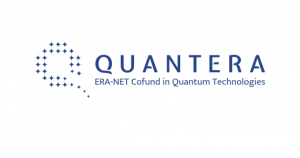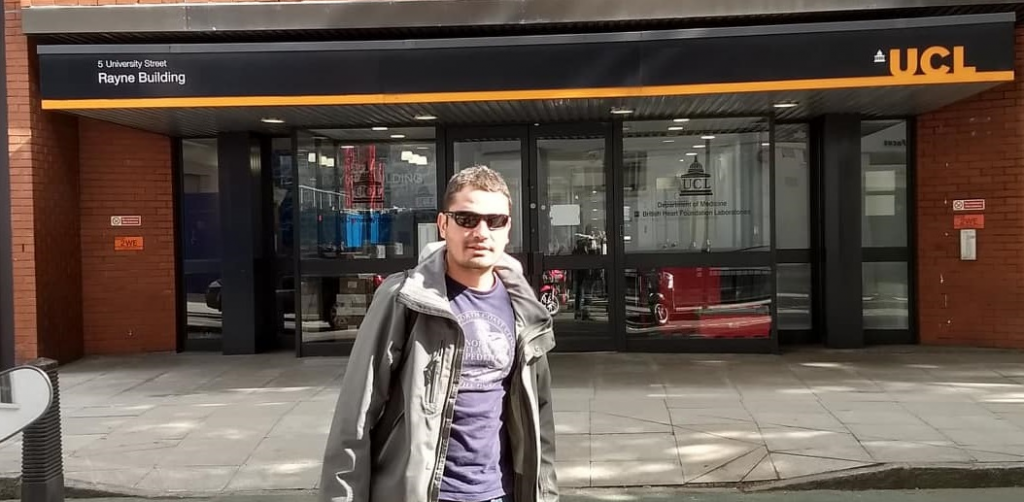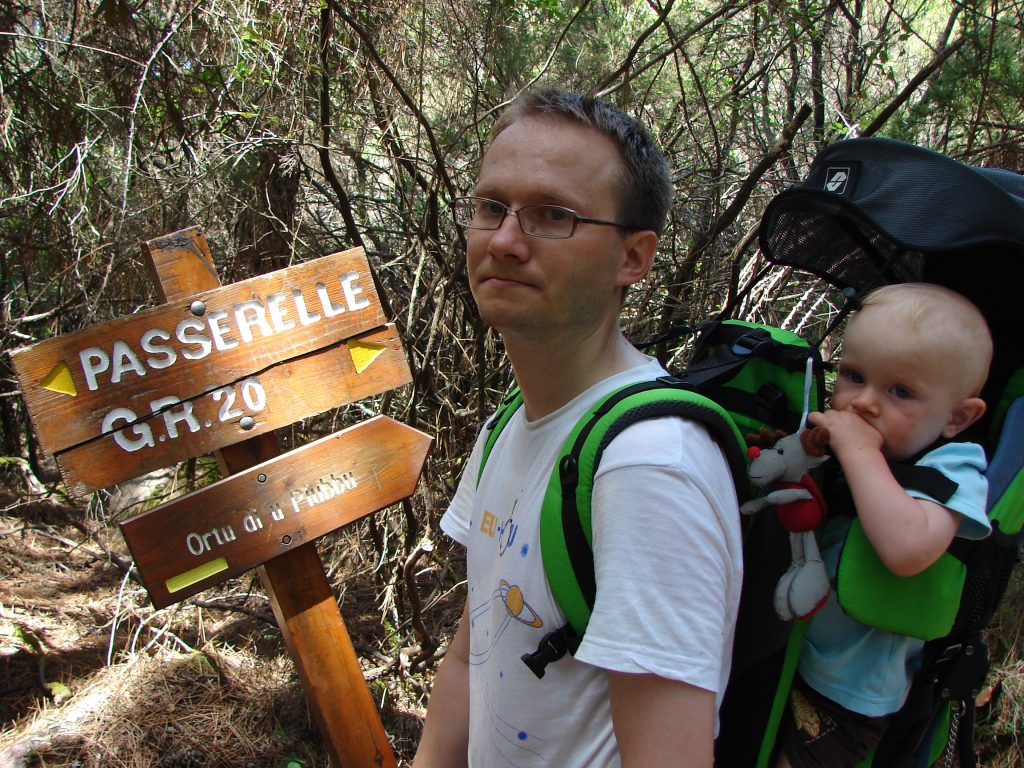A project founded by QuantERA Call 2017.
The “Atomic Quantum Clock” is a milestone of the European Quantum Technologies Timeline. Q-Clocks seeks to establish a new frontier in the quantum measurement of time by joining state-of-the-art optical lattice clocks and the quantized electromagnetic field provided by an optical cavity. The goal of the project is to apply advanced quantum techniques to state-of-the-art optical lattice clocks, demonstrating enhanced sensitivity while preserving long coherence times and the highest accuracy. A three-fold atom-cavity system approach will be employed: the dispersive quantum non-demolition (QND) system in the weak coupling regime, the QND system in the strong collective coupling regime, and the quantum enhancement of narrow-linewidth laser light generation towards a continuous active optical frequency standard. Cross-fertilization of such approaches will be granted by parallel theoretical investigations on the available and brand-new quantum protocols, providing
cavity-assisted readout phase amplification, adaptive entanglement and squeezed state preparation protocols. Novel ideas on quantum state engineering of the clock states inside the optical lattice will be exploited to test possible quantum information and communication applications. By pushing the performance of optical atomic clocks toward the Heisenberg limit, Q-Clocks is expected to substantially enhance all utilizations of high precision atomic clocks, including tests of fundamental physics (test of the theory of relativity, physics beyond the standard model, variation of fundamental constants, search for dark matter) and applied physics (relativistic geophysics, chrono geodetic leveling, precision geodesy and time tagging in coherent high speed optical communication). Finally, active optical atomic clocks would have a potential to join large scale laser interferometers in gravitational waves detection.










